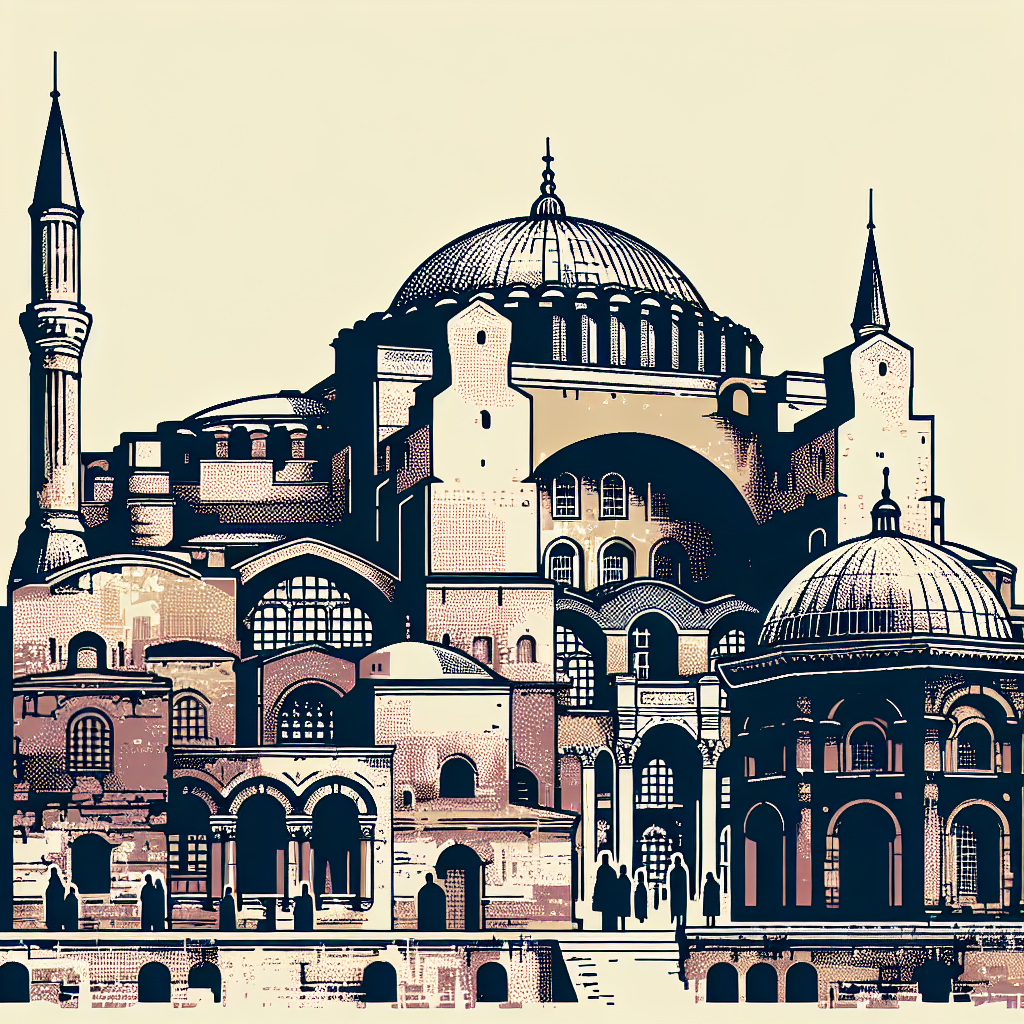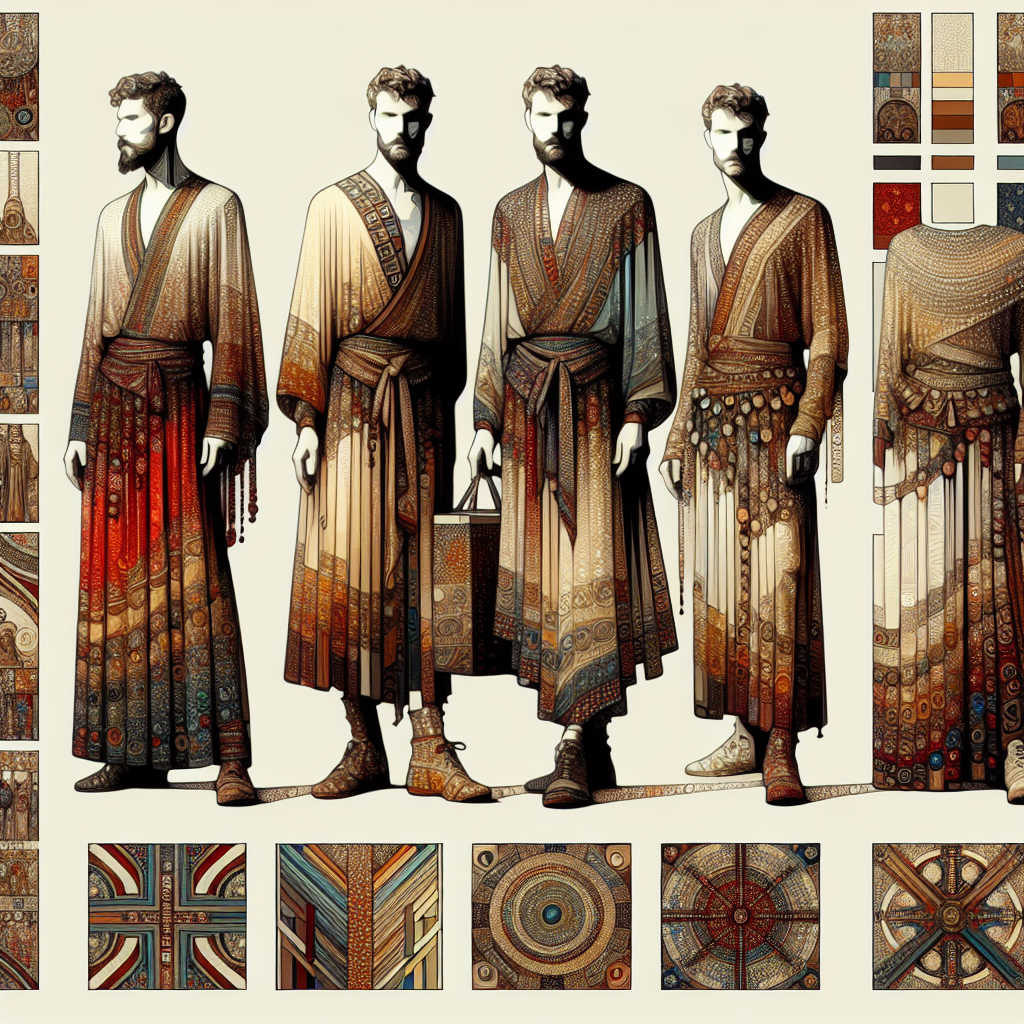Stepping back to the bustling streets of Constantinople in the 330s CE, during the reign of Emperor Constantine the Great, reveals a city as the capital of the Byzantine Empire that was a melting pot of cultures, religions, and innovations. Exploring class hierarchies, architectural marvels, health practices, cuisine, fashion, and entertainment of the era provides a comprehensive understanding of life in early Constantinople. You might feel both admiration for its grandeur and culture shock from its alien customs while tracing the historical evolution of social norms and cultural practices.
Class Hierarchies and Social Dynamics
In Constantinople during the 330s CE, society was sharply divided into distinct classes. You would notice that patricians—members of the elite—enjoyed significant privileges over plebeians or common folk. Eunuchs held unique positions within this hierarchy; often castrated as boys to serve in bureaucratic roles or within royal courts without posing dynastic threats. Slavery was also an integral part of society; slaves performed various roles from household servants to laborers on large estates.
The discomfort you might feel seeing such stark social stratification is understandable due to modern views on human rights and personal freedom. Historians Cameron and Herrin provide insight into these dynamics in their work “Constantinople in the Early Middle Ages,” illustrating how these roles were embedded into Byzantine life.
Architecture and Urban Planning


Walking through Constantinople’s streets might leave you awestruck by monumental city walls, towering columns, grand statues, and imposing state buildings—each indicating stories of power and piety. The city’s urban planning could disorient you at first; it followed a systematic layout unlike modern cities but operated efficiently for its time.
Müller-Wiener’s “Bildlexikon zur Topographie Istanbuls” offers a detailed look at Constantinople’s architectural landscape. The strategic placement of buildings facilitated administrative efficiency while demonstrating imperial authority—a concept that resonates with today’s urban centers where architecture reflects form and function.
Food
Byzantine cuisine would likely capture your interest—an array of breads, cereals, fish dishes enhanced with olive oil—reminiscent yet distinct from today’s Mediterranean food. Street vendors selling ready-to-eat snacks might remind you of modern food trucks or market stalls. In his book “Siren Feasts,” Andrew Dalby discusses the importance of grain as a staple food item regulated by government programs—a concept familiar today through subsidies or food assistance programs for essential commodities.
Fashion


Observing Byzantine fashion might trigger amusement or admiration; clothing served as an expression similar to current styles but with distinctions tied to status or profession—a fact well-documented by Maria G. Parani in her work on Byzantine material culture.
You’d see tunics worn by both men and women (dalmatica) which varied in quality based on social standing—comparable to designer labels versus everyday wear—and sumptuary laws indicating who could wear what types of jewelry or luxurious fabrics like silk.
References:
– Cameron, Averil & Herrin Judith (Eds.). (2007). Constantinople in the Early Middle Ages.
– Müller-Wiener Wolfgang (1977). Bildlexikon zur Topographie Istanbuls.
– Crow James et al., (2008). Water Supply of Byzantine Constantinople.
– Dalby Andrew (1996). Siren Feasts: A History Food And Gastronomy In Greece.
– Parani Maria G., (2003). Reconstructing The Reality Of Images: Byzantine Material Culture And Religious Iconography.

